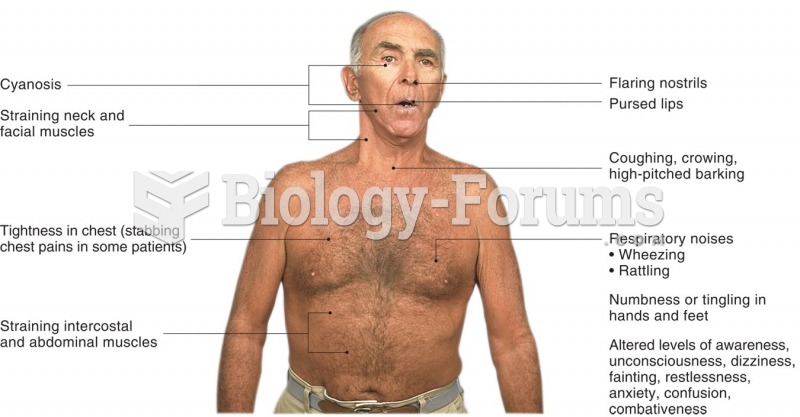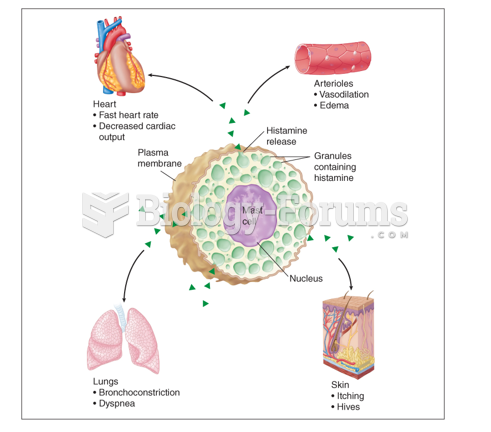Answer to Question 1
3
Rationale 1: Difficulty sleeping, obsession with death, and hallucinations are symptoms of depression.
Rationale 2: Delusions, unkempt appearance, and fatigue are symptoms of depression.
Rationale 3: Bipolar disorder involves periods of mania and depression. Abnormal eating patterns and feelings of despair are symptoms of depression, whereas flight of ideas is a symptom of mania.
Rationale 4: Increased goal-directed behavior, talkativeness, and distractibility are symptoms of mania.
Global Rationale: Bipolar disorder involves periods of mania and depression. Abnormal eating patterns and feelings of despair are symptoms of depression, whereas flight of ideas is a symptom of mania. Increased goal-directed behavior, talkativeness, and distractibility are symptoms of mania. Difficulty sleeping, obsession with death, hallucinations, delusions, unkempt appearance, and fatigue are symptoms of depression.
Answer to Question 2
3
Rationale 1: A patient in shock will have a low blood pressure; the heart rate will be rapid, not slowed.
Rationale 2: A patient in shock will have rapid respirations; a respiratory rate of 14 is considered normal.
Rationale 3: The central problem with hypovolemic shock is the inability of the cardiovascular system to send sufficient blood to the vital organs, with the heart and brain being affected early in the progression of the disease. Assessing the patient's cardiovascular status will result in a blood pressure that is low; a heart rate that may be rapid with a weak, thready pulse; and breathing that is rapid and shallow.
Rationale 4: A patient in shock will have a low blood pressure and a rapid, weak, not bounding, pulse.
Global Rationale: The central problem with hypovolemic shock is the inability of the cardiovascular system to send sufficient blood to the vital organs, with the heart and brain being affected early in the progression of the disease. Assessing the patient's cardiovascular status will result in a blood pressure that is low; a heart rate that may be rapid with a weak, thready pulse; and breathing that is rapid and shallow. A patient in shock will have a low blood pressure and a rapid, weak, not bounding, pulse. A patient in shock will have rapid respirations; a respiratory rate of 14 is considered normal. A patient in shock will have a low blood pressure; the heart rate will be rapid, not slowed.








